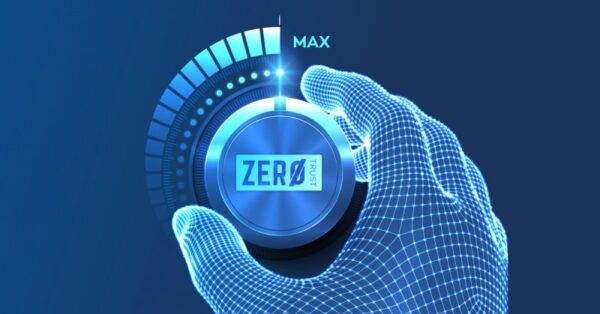Transforming Cybersecurity: The Emergence of Zero Trust Architecture
1. What exactly is Zero Trust and why is it a game-changer?
Zero Trust is a cutting-edge security strategy based on the principle of “trust no one, verify everything.” Unlike conventional models that assume internal networks are secure, Zero Trust treats every user and device as potentially compromised. This approach is revolutionary because it offers a more resilient defense against both external and internal threats by demanding continuous validation of access requests.
2. How does Zero Trust stand out from traditional security frameworks?
Traditional security relies on a perimeter-based approach, where trust is granted once users or devices are inside the network’s boundaries. Zero Trust flips this script by demanding verification for every access request, regardless of its origin. This approach minimizes risks by ensuring security measures adapt to evolving threats and reduce assumptions of trust.
3. What foundational principles drive Zero Trust?
- Minimal Access: Users and devices get only the access they absolutely need.
- Micro-Segmentation: Network areas are isolated to contain and limit potential threats.
- Ongoing Vigilance: Constant verification of user and device identities.
- Assumed Compromise: Operate under the assumption that breaches could happen and prepare accordingly.
4. What hurdles might organizations face when adopting Zero Trust?
Transitioning to Zero Trust can be complex due to:
- Integration Difficulties: Adapting current systems and applications to Zero Trust principles may require substantial changes.
- Balancing Security and Usability: Ensuring strong security without disrupting user experience can be challenging.
- Cost Implications: Both initial investments in new technologies and ongoing management expenses can be high.
- Cultural Shifts: Embracing Zero Trust necessitates a shift in organizational mindset and processes, which might face resistance.
5. How does Zero Trust benefit remote work setups?
Zero Trust is particularly effective for remote work environments. It verifies every access request and monitors user activities continuously, ensuring secure access to resources no matter where employees are working from. This approach mitigates risks associated with accessing networks from various locations and devices.
6. What technologies help implement Zero Trust?
Key technologies that support Zero Trust include:
- Identity and Access Management (IAM): Tools that manage and verify user identities and permissions.
- Multi-Factor Authentication (MFA): Adds layers of verification beyond just passwords.
- Network Segmentation: Divides the network into isolated zones to prevent lateral threat movement.
- Security Information and Event Management (SIEM): Provides real-time insights and alerts on security incidents.
7. Can Zero Trust be phased in, or is it an all-or-nothing approach?
Zero Trust can be introduced gradually. Organizations can begin by applying it to high-risk areas or critical assets and then expand the model over time. This incremental approach allows for adjustments and learning, reducing potential disruptions and managing complexity.
8. How does Zero Trust tackle insider threats?
Zero Trust addresses insider threats by continuously monitoring and validating all users and devices, irrespective of their location. By enforcing the principles of least privilege and micro-segmentation, it restricts potential damage from compromised credentials or malicious insiders.
9. What role does data encryption play in Zero Trust?
Data encryption is integral to Zero Trust, safeguarding data in transit and at rest from unauthorized access. Encryption enhances Zero Trust by adding a layer of security to data management, ensuring that sensitive information remains protected even if other defenses are breached.
10. How does Zero Trust impact application security?
Zero Trust fortifies application security by ensuring that only authenticated and authorized users can interact with applications. It involves continuous verification of user identities and permissions, which helps prevent unauthorized access and reduces vulnerabilities within applications.





